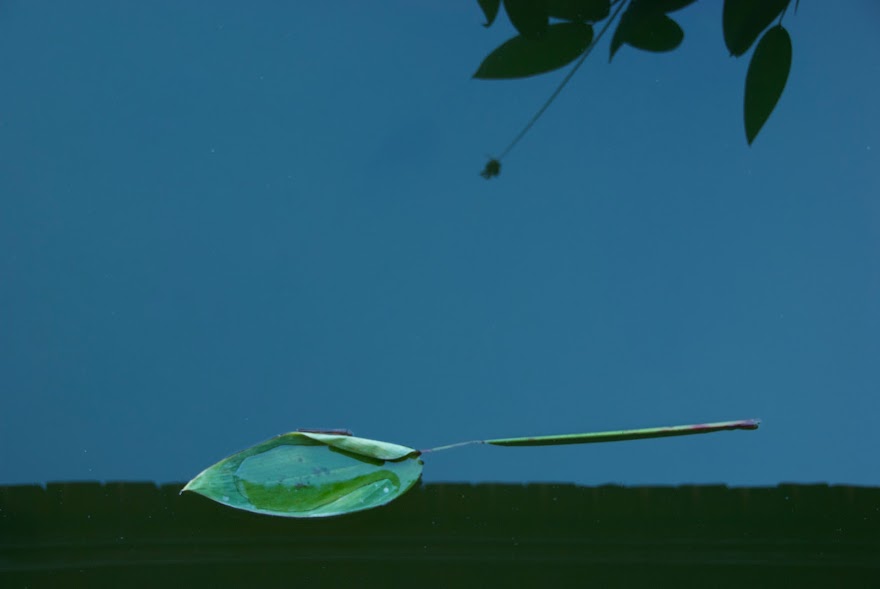I just reread James Michener’s CHESAPEAKE and John Steinbeck’s CANNERY ROW.
From CHESAPEAKE I remembered the mosquitos.
This is not an exact quote, but a Chesapeake farmer told of two mosquitos who carried off one of his calves.
One mosquito said to another, “Let’s take it down to the beach to eat it.”
And the other said, “No. Down there the big ones will take it away from us.”
Of CANNERY ROW I remembered Henri who was always building a boat he never finished.
“But that boat—“ he cried. “He’s been building that boat for seven years that I know of. The blocks rotted out and he made concrete blocks. Every time he gets it nearly finished he changes it and starts over again. I think he’s nuts. Seven years on a boat.”
Doc was sitting on the ground pulling off his rubber boots. “You don’t understand,” he said gently. “Henri loves boats but he’s afraid of the ocean.”
“What’s he want a boat for then?” Hazel demanded.
“He likes boats,” said Doc. “But suppose he finished his boat. Once finished people will say, “Why don’t you put it in the water?” Then if he puts it in the water, he’ll have to go out in it, and he hates the water. So you see, he never finishes the boat—so he doesn’t ever have to launch it.”
In rereading the book I was also struck by how Monterey, California has changed since it was published in 1945. No room there now for the characters of the novel. The vacant lots in which they lived now sell for millions.
————
I very much need to sail.
The need is real and fundamental.
I need to get away from the complications and compromises and despicable pettiness of the land.
I need to be alone. A few days will not be enough, but they will be something.
I hope I can sail to the Chesapeake in September, but that is completely weather controlled and problematic. But even if I can it will be coastal.
Even if at times I am two or three hundred miles offshore, the entire rest of this circumnavigation will be coastal, and I am a creature to go out not beside.
When I consider the world, only the Pacific and Southern Oceans may suit me, and perhaps not even they are vast enough.







